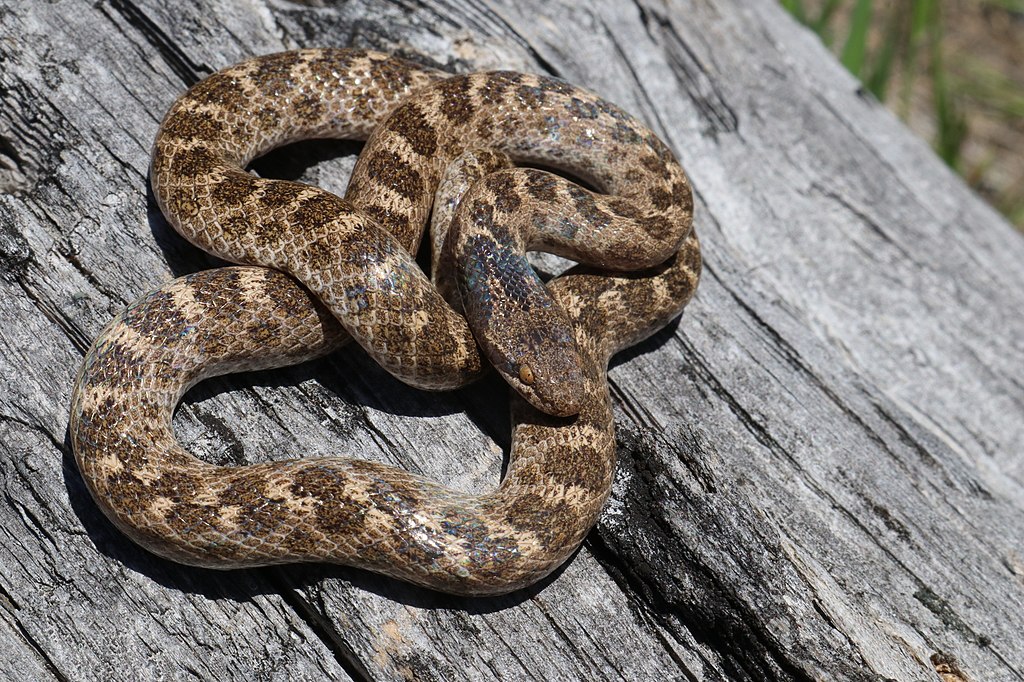Determining a snake’s age presents a fascinating challenge for herpetologists, pet owners, and wildlife enthusiasts alike. Unlike mammals that show visible signs of aging such as graying hair or wrinkles, snakes maintain a somewhat ageless appearance throughout their lives. However, their shedding patterns provide valuable clues about their age and development stage. This natural process, known as ecdysis, reveals important information about a snake’s growth rate, health status, and approximate age when observed carefully over time. Understanding these shedding patterns not only helps in proper snake husbandry but also contributes to our broader knowledge of reptilian biology and life cycles. In this comprehensive guide, we’ll explore how to decode the secrets hidden in a snake’s shedding patterns to estimate its age more accurately.
The Basics of Snake Shedding
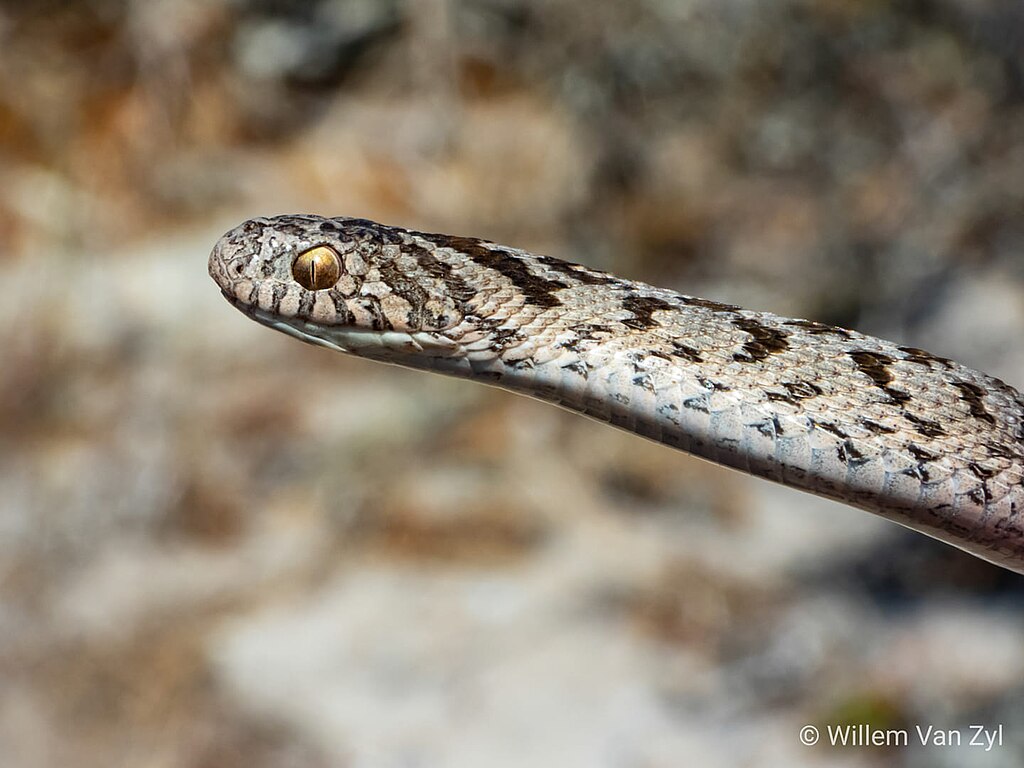
Snake shedding, or ecdysis, is a natural process where snakes periodically remove their old outer skin layer to allow for growth and renewal. This process begins when a snake’s body produces a new layer of skin cells beneath the existing outer layer. As the new layer develops, the snake’s eyes become cloudy or bluish—a condition known as being “in blue”—and the old skin separates from the new one underneath. After a preparation period of several days, the snake will typically rub against rough surfaces to create a tear around its mouth area, then slowly crawl out of its old skin, turning it inside out in the process. A healthy shed should come off in one complete piece, resembling a perfect translucent replica of the snake, including eye caps and tail tip, providing valuable information about the snake’s current size and condition.
The Relationship Between Age and Shedding Frequency
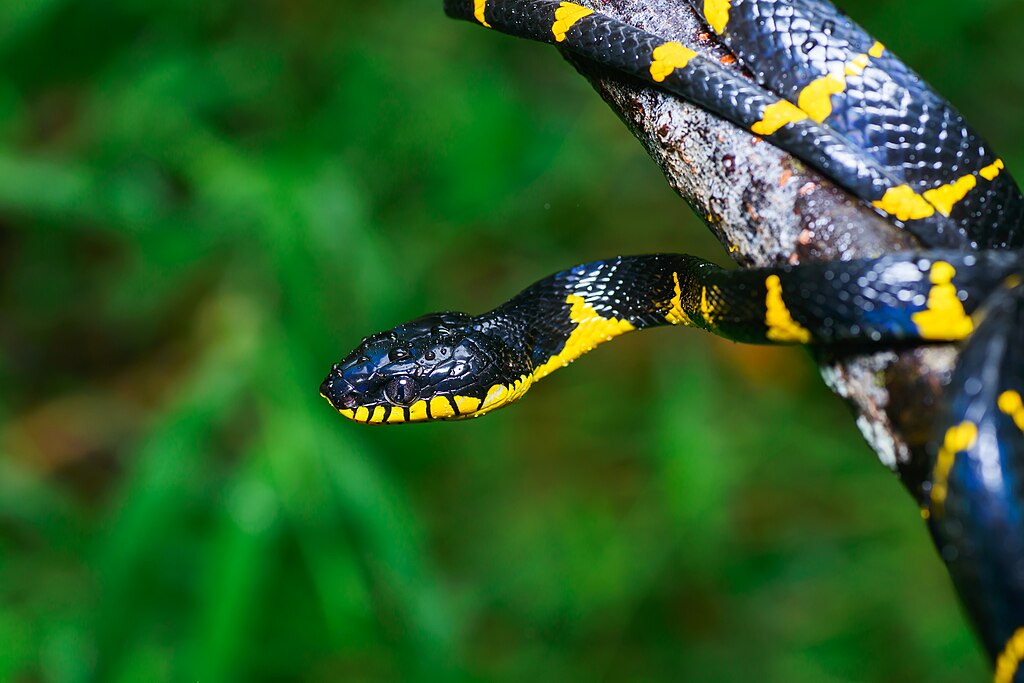
A snake’s shedding frequency directly correlates with its growth rate and age, making it one of the most reliable indicators for age estimation. Young, rapidly growing snakes shed much more frequently than their mature counterparts—sometimes as often as every few weeks during their first year of life. This high frequency gradually decreases as the snake matures and its growth rate slows. A typical adult snake might shed only 2-4 times annually once it reaches full size, with the frequency varying based on species, health, and environmental conditions. By documenting the intervals between sheds over time, observers can track a snake’s progression from juvenile to adult, noting the point at which shedding frequency stabilizes as a marker of maturity.
Juvenile Shedding Patterns
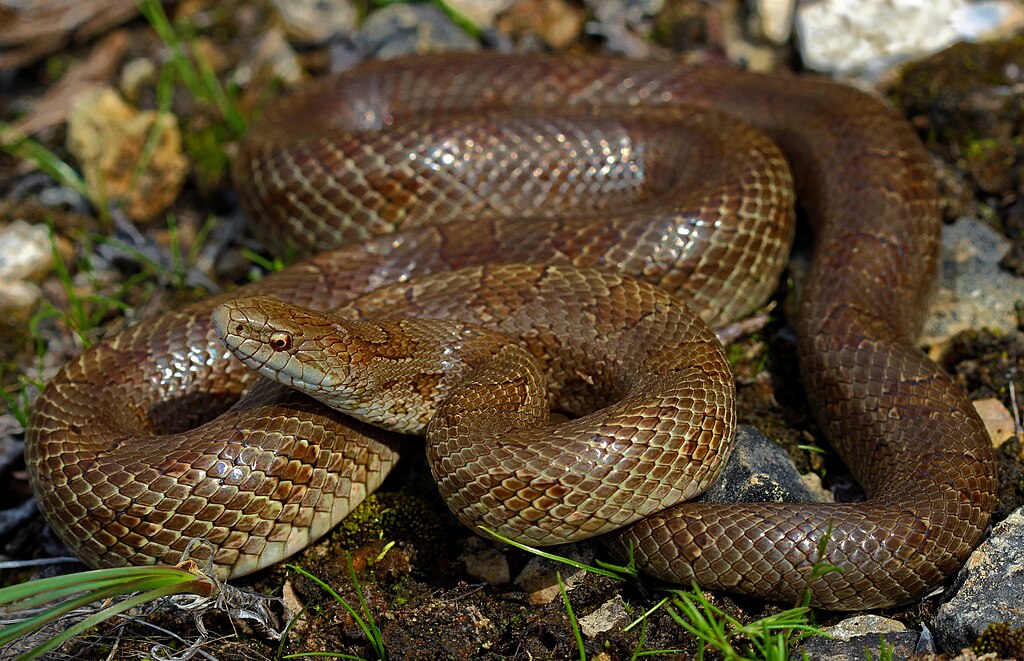
Juvenile snakes display distinctive shedding patterns that differentiate them from adults, primarily characterized by remarkably frequent skin renewal. Newborn snakes typically undergo their first shed within a week after hatching or birth, shedding the embryonic skin they developed before emerging into the world. Following this initial shed, young snakes may continue to shed every 1-2 weeks during periods of rapid growth, with some species shedding as many as 10-12 times in their first year alone. The shed skins of juveniles are notably smaller and often more elastic than those of adults, reflecting their rapidly changing dimensions. Additionally, juvenile sheds tend to be thinner and more transparent, sometimes making them more difficult to find intact in an enclosure compared to the more substantial adult sheds.
Subadult Shedding Transitions

The subadult phase represents a critical transition period in a snake’s life cycle, marked by significant changes in shedding patterns. During this phase, typically occurring between one and three years of age depending on the species, shedding frequency begins to decrease noticeably as the snake’s growth rate moderates. Observers might notice the intervals between sheds extending from every few weeks to every month or two. The quality of the shed skin also changes during this period, becoming thicker and more substantial than juvenile sheds while containing more detailed scale patterns. This transitional period often coincides with the snake reaching approximately 50-75% of its adult size, making it a valuable marker for age estimation when combined with species-specific growth charts.
Adult Shedding Characteristics
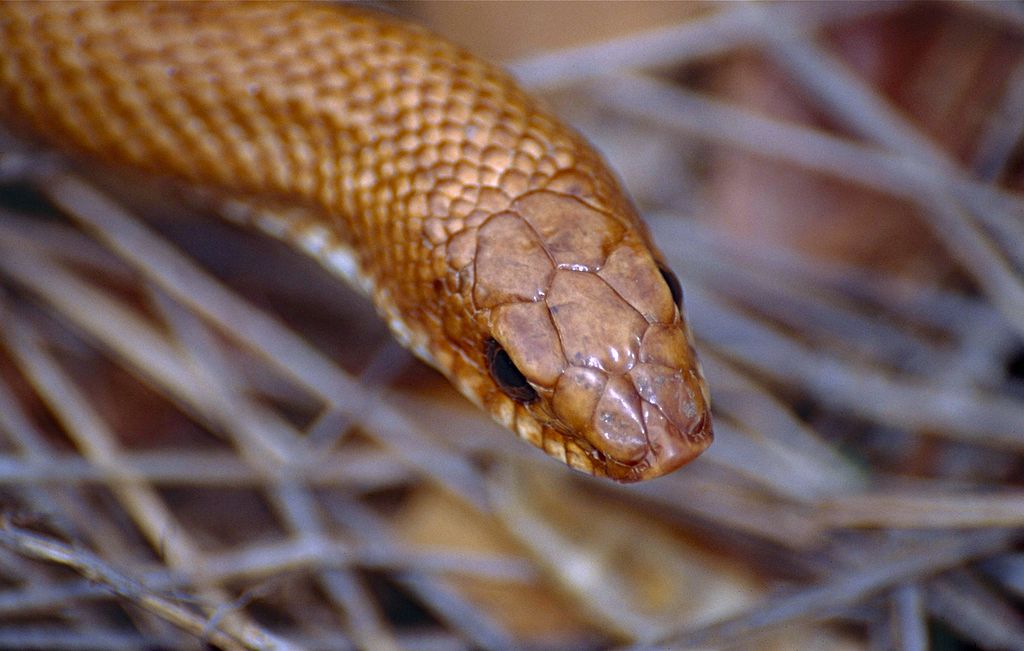
Adult snakes exhibit distinctly different shedding patterns compared to their younger counterparts, providing clear indicators of maturity. Once a snake reaches adulthood, shedding frequency typically stabilizes at 2-4 times per year for most species, though some larger species might shed even less frequently. The consistency in timing between sheds becomes more predictable, often following seasonal patterns influenced by breeding cycles, dormancy periods, or environmental changes. Adult shed skins are noticeably thicker, more rigid, and contain more detailed scale impressions than those of juveniles, reflecting the snake’s fully developed dermal structures. Additionally, the dimensions of consecutive adult sheds remain relatively constant rather than showing the significant size increases observed between juvenile sheds, indicating that the snake has reached its approximate adult size.
Species-Specific Shedding Variations

Different snake species exhibit unique shedding patterns that must be considered when using ecdysis as an age indicator. Rapidly growing species like corn snakes and ball pythons tend to shed more frequently throughout their lives compared to slower-growing species such as certain boas and larger pythons. Desert-dwelling species often shed less frequently than their tropical counterparts due to evolutionary adaptations to water conservation. Some arboreal species, like green tree pythons, develop specialized scale structures as they mature that change the appearance and texture of their sheds over time. Aquatic and semi-aquatic species, including water snakes and anacondas, may show different shedding patterns influenced by their constant exposure to moisture, often shedding in smaller pieces rather than complete casts.
Measuring Growth Between Sheds

Tracking the dimensional changes between consecutive shed skins provides valuable insights into a snake’s age and development stage. By carefully measuring the length and circumference of each shed skin and recording these measurements chronologically, observers can create a growth curve specific to an individual snake. Young snakes typically show significant size increases of 10-20% between sheds during their first year, with this percentage gradually decreasing as they approach adulthood. The point at which consecutive sheds show minimal or no size increase (typically less than 5%) generally indicates the snake has reached or is approaching its adult size. This growth plateau, when correlated with species-specific maturation timelines, helps establish a reasonably accurate age estimation, particularly when the snake has been observed from a young age.
Environmental Factors Affecting Shedding
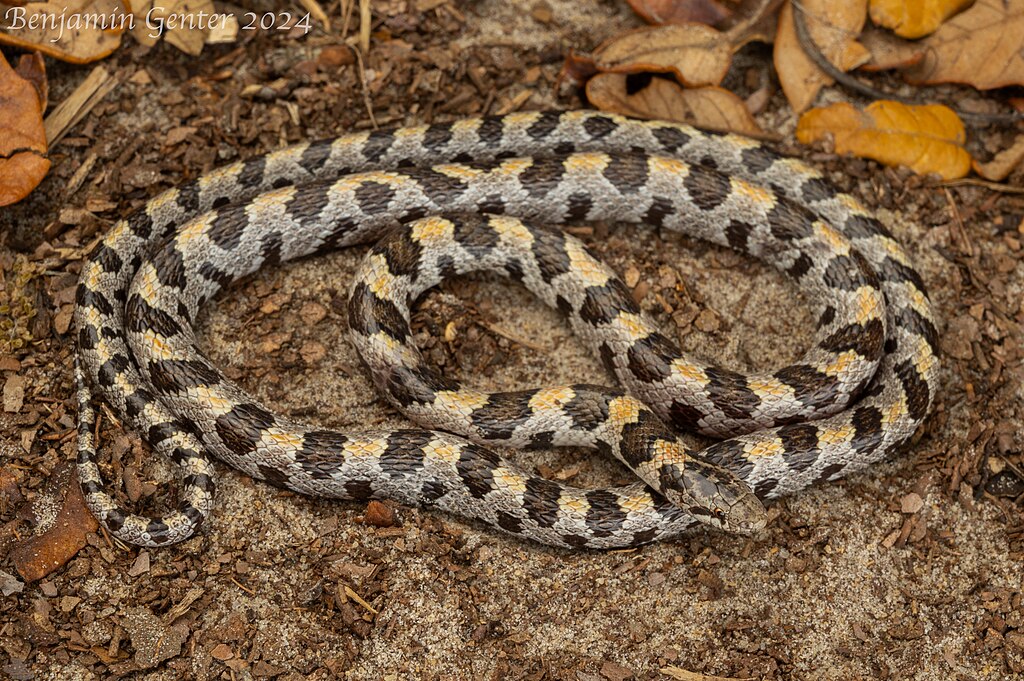
Environmental conditions significantly influence shedding patterns, potentially complicating age estimation if not properly accounted for. Humidity levels play a crucial role in the shedding process, with inappropriate humidity often leading to incomplete sheds that can disrupt the normal cycle. Temperature fluctuations affect a snake’s metabolism and consequently its growth rate and shedding frequency, with warmer conditions generally accelerating the process. Seasonal changes trigger hormonal responses in many species, resulting in predictable shedding patterns that coincide with breeding seasons or periods of increased activity. Stress factors, including handling, cage moves, or the presence of potential predators, can delay shedding or cause irregular patterns that might not accurately reflect the snake’s age.
Health Conditions That Alter Shedding
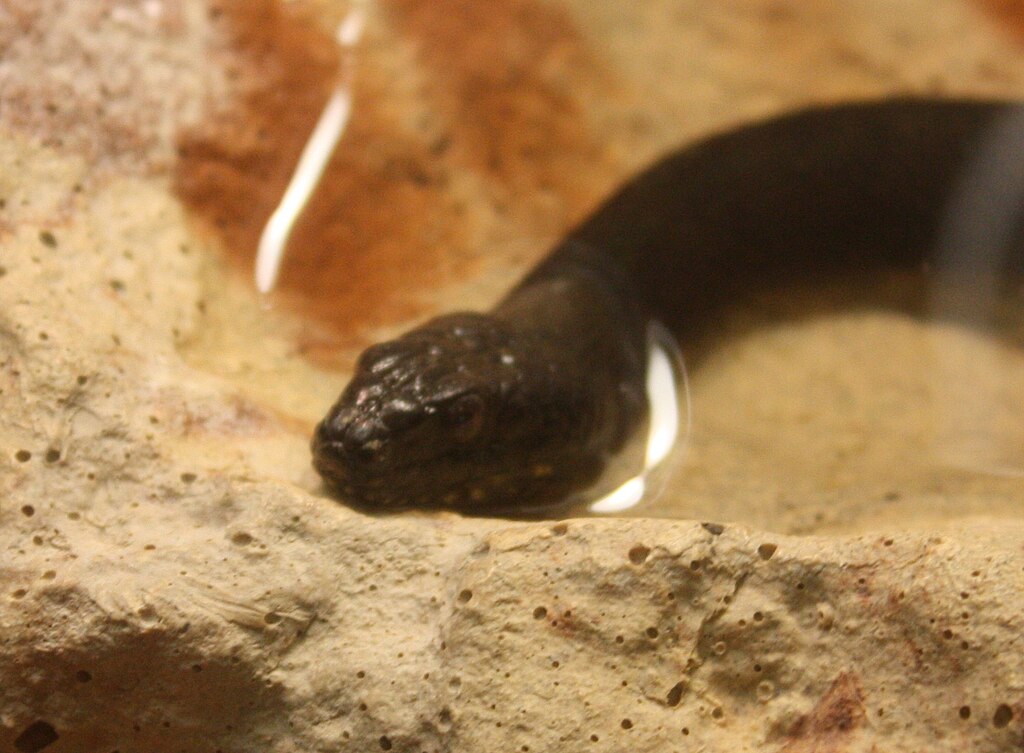
Various health issues can significantly alter a snake’s natural shedding pattern, potentially leading to inaccurate age assessments if mistaken for age-related changes. Parasitic infections, both internal and external, often trigger premature or more frequent shedding as the snake’s body attempts to eliminate the parasites through skin renewal. Nutritional deficiencies, particularly inadequate calcium or vitamin D3, can result in abnormal shedding patterns characterized by incomplete or fragmented sheds. Bacterial or fungal skin infections frequently disrupt the normal shedding cycle, causing patches of retained skin or unusually frequent shedding attempts. Systemic illnesses affecting the snake’s overall metabolism may suppress shedding entirely for extended periods, creating gaps in what would otherwise be a predictable pattern for age estimation.
Creating a Shedding Journal
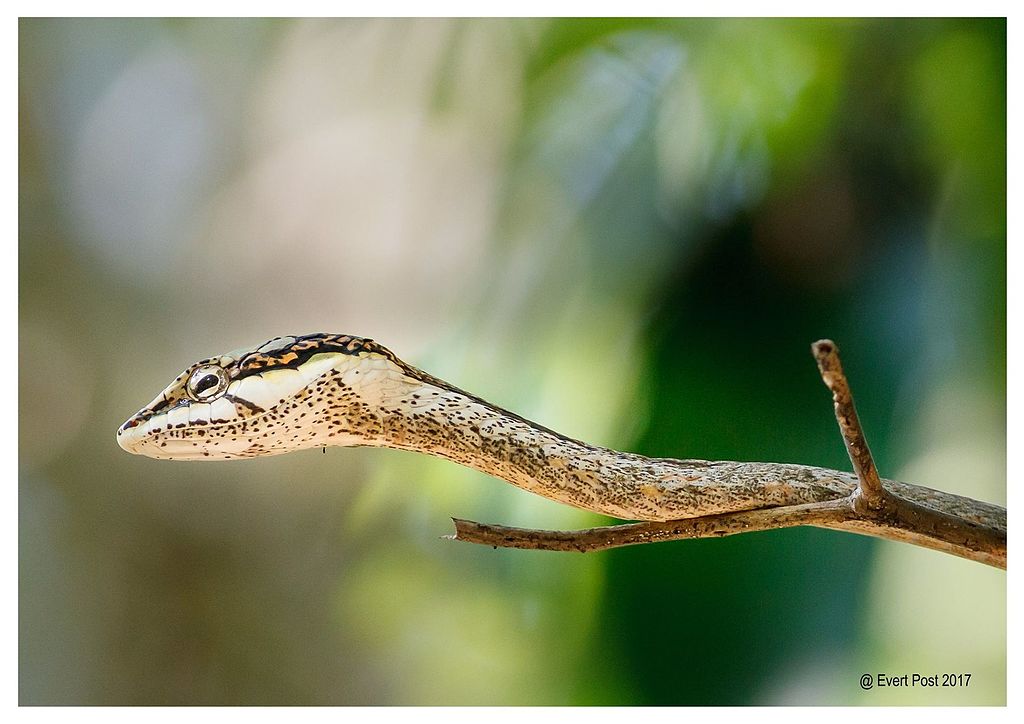
Maintaining a detailed shedding journal represents one of the most effective methods for tracking a snake’s age and development through its ecdysis patterns. A comprehensive journal should record the exact date of each shed, the condition and completeness of the shed skin, precise measurements of length and girth, any visible color or pattern changes, and notes about the snake’s behavior before, during, and after shedding. Photographic documentation of each shed skin placed alongside a ruler or measuring tape provides visual evidence of growth rates over time. Including environmental data such as temperature and humidity levels helps identify potential external factors affecting the shedding cycle. When maintained consistently over years, such a journal creates an invaluable timeline that allows for relatively accurate age estimation, particularly when referenced against species-specific growth and maturation information.
Combining Shedding Data with Other Age Indicators
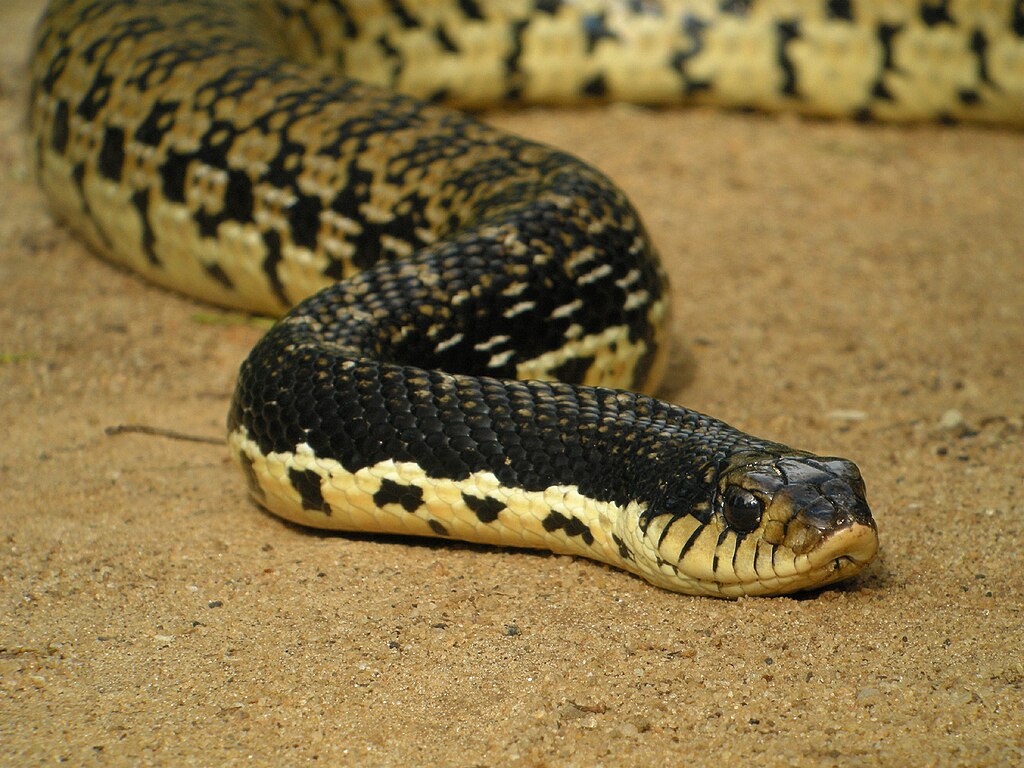
While shedding patterns provide valuable age clues, their accuracy increases significantly when combined with other biological indicators of snake maturity. Sexual dimorphism features, such as spurs in male boas and pythons that develop fully at maturity, can help confirm age estimates suggested by shedding patterns. Behavioral changes, including breeding readiness, territorial displays, or feeding preferences, often emerge at specific developmental stages that correlate with certain shedding patterns. Size benchmarks, when referenced against established growth charts for specific species and morphs, can verify whether a snake’s shedding frequency aligns with expected age-related patterns. Weight-to-length ratios also change predictably as snakes mature, providing another data point that, when aligned with shedding records, creates a more comprehensive picture of a snake’s actual age.
Common Misconceptions About Snake Age and Shedding
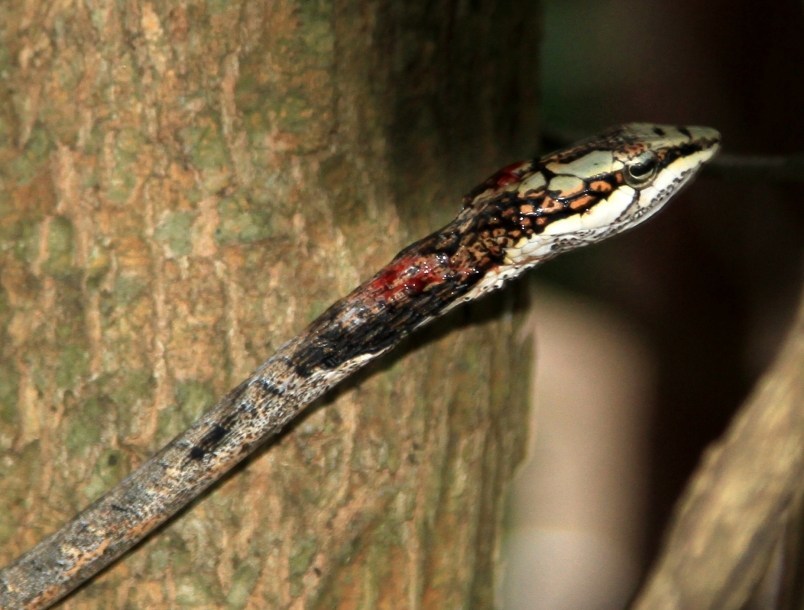
Several persistent myths about snake shedding can lead to inaccurate age assessments if taken at face value without proper context. Contrary to popular belief, snakes do not shed precisely once per year like some annual growth markers, making simple counting of sheds an unreliable aging method. The misconception that all snakes of the same species follow identical shedding schedules overlooks the significant individual variations based on genetics, diet, and environment. Another common error involves assuming that shedding stops or becomes extremely rare in older snakes; while frequency decreases with age, even geriatric snakes continue to shed regularly. Perhaps most misleadingly, some enthusiasts believe that a snake’s age can be determined by examining patterns or markings on shed skin, when in reality these features reflect the snake’s species and individual characteristics rather than providing chronological information.
Professional Techniques for Age Verification
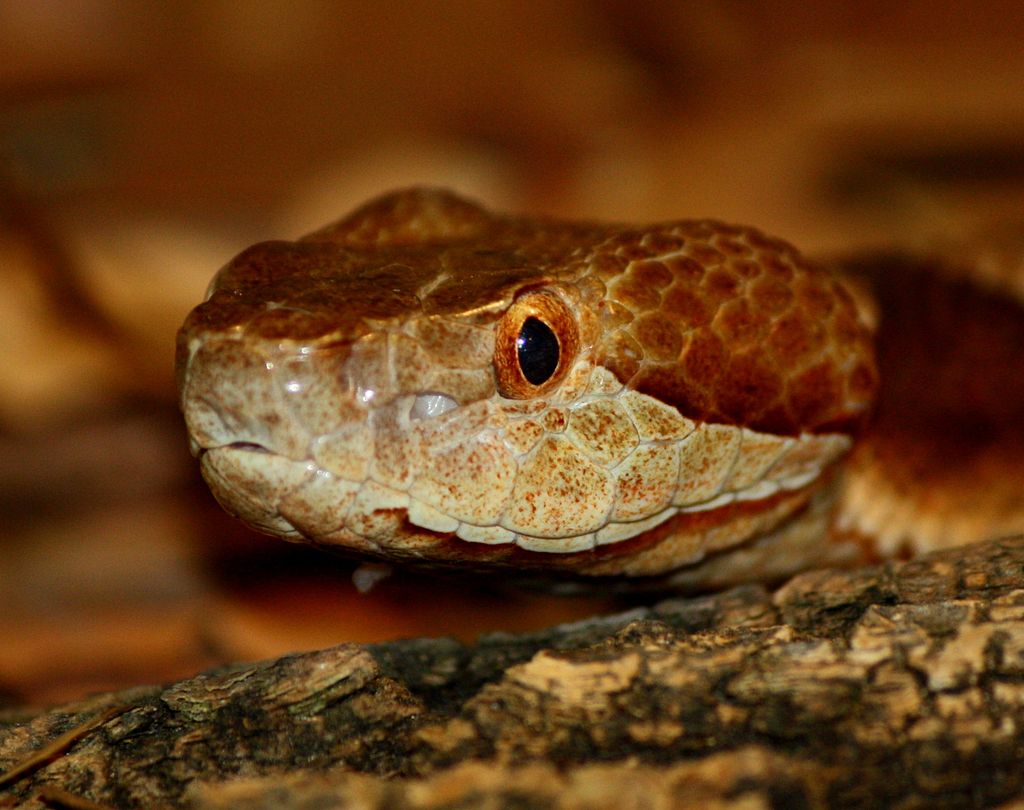
Herpetologists and reptile specialists employ several advanced methods to verify age estimates derived from shedding patterns when greater precision is required. Skeletochronology, the examination of growth rings in bones (similar to counting tree rings), provides one of the most accurate age assessments but typically requires samples that can only be collected safely from deceased specimens. Scale clipping analysis examines microscopic growth patterns in scales, offering insights into a snake’s age without causing significant harm. Ultrasound imaging allows professionals to assess reproductive development stages that correlate strongly with specific age ranges in known species. For extremely valuable specimens where exact age determination is crucial, some researchers utilize radiocarbon dating techniques on shed skin samples collected over time, though this method requires specialized equipment and expertise not available to most snake keepers.
Conclusion

Understanding a snake’s shedding patterns offers a fascinating window into its life history and development. While not an exact science, age estimation through shedding analysis provides valuable insights when conducted systematically over time. The transition from frequent juvenile sheds to the more predictable adult pattern serves as one of the most reliable indicators of a snake’s maturation stage. For snake owners and researchers alike, maintaining detailed records of shedding events, complete with measurements and observations, creates an invaluable chronological map of an individual snake’s growth journey. When combined with species-specific knowledge and other biological markers, shedding patterns help construct a reasonably accurate picture of a snake’s age, enhancing both the care of captive specimens and our understanding of these remarkable reptiles in their natural habitats.

